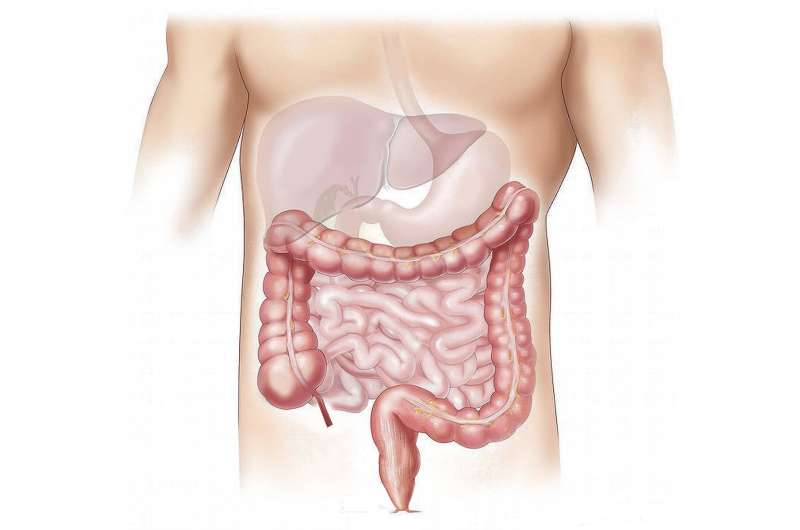Analyzing Chemical Differences in Prostate Cancer Calcifications to Discover New Diagnostic Markers

A novel study by Keele University investigates chemical variations in prostate cancer calcifications to identify new diagnostic markers, aiming to enhance early detection and treatment strategies.
Researchers at Keele University have embarked on a groundbreaking study to explore the chemical composition of calcifications associated with prostate cancer. This pioneering investigation aims to identify novel markers that could facilitate earlier and more accurate diagnosis of the disease. Calcifications refer to calcium deposits in soft tissues where they usually do not occur, such as muscles or organs, potentially leading to adverse health effects. Previous research by these scientists indicated that calcifications could serve as indicators of prostate cancer, and this new study delves deeper into the elemental makeup of these deposits.
Using the advanced capabilities of the Diamond Light Source synchrotron in Oxford, the team examined prostate tissue calcifications at an unprecedented level of detail, pinpointing the specific elements present. Their findings, published in the journal ACS Chemical & Biomedical Imaging, reveal a correlation between the severity of prostate tumors—classified by Grade Group—and the presence of elements such as iron, copper, nickel, manganese, and chromium. These elements could serve as potential biomarkers for clinicians to detect and evaluate prostate cancer more effectively.
The study was led by Dr. Sarah Gosling and co-investigator Dr. Charlene Greenwood, who emphasized that understanding the chemical heterogeneity within prostate tissue can provide insights into how cancers develop and progress. The detection of particular elements linked to tumor aggressiveness could pave the way for innovative diagnostic tools. Such advancements would enable healthcare providers to tailor treatments based on disease severity, possibly avoiding invasive procedures like surgery when they are not necessary.
By analyzing the elemental distribution in prostate calcifications, the researchers hope to create more precise and early diagnostic methods. Their work represents a significant step toward improving prostate cancer outcomes through biochemical analysis and highlights the potential for elemental markers to revolutionize current diagnostic practices.
Stay Updated with Mia's Feed
Get the latest health & wellness insights delivered straight to your inbox.
Related Articles
Emerging Evidence Supports Minimalist Technique in Transcatheter Aortic Valve Replacement
Latest research at ESC Congress 2025 confirms the safety and efficacy of a minimalist, sedation-free approach to transcatheter aortic valve implantation, offering benefits over traditional methods.
Revolutionizing Women's Health: Remote Cervical Screening in Remote Communities
A new community-led approach to cervical screening in remote Australian communities is making healthcare more accessible and effective, improving outcomes for women through self-collection and same-day testing.
Advanced Genomics Enhances Detection of Difficult-to-Identify Diarrheal Infections
A comprehensive study from the University of Liverpool uses cutting-edge genomics techniques to improve detection and understanding of challenging diarrheal infections, promising better diagnostics and targeted treatments.
Growing Concerns Over Recreational Nitrous Oxide: Brain Damage and Sudden Death Risks Persist Despite Bans
Recreational use of nitrous oxide poses serious health risks including brain damage and death. Despite bans and regulations, availability and misuse continue to rise, especially among youth in the U.S. Learn about the dangers and ongoing efforts to curb this growing threat.



